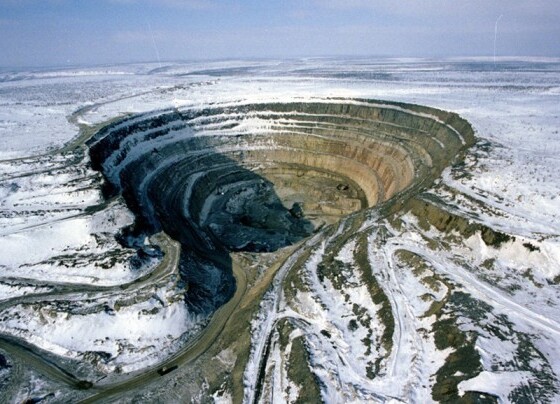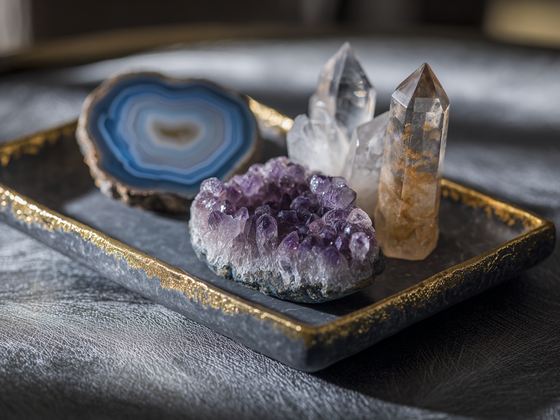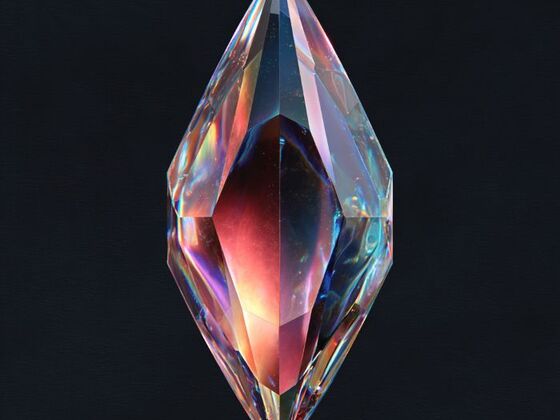Gemology is undergoing a profound transformation as artificial intelligence (AI) and big data revolutionise the way gemstones are identified, graded, and discovered. These technologies are not only improving accuracy and efficiency. But they are also unlocking new possibilities for research, market analysis, and ethical sourcing. Here’s how the future of gemology is being defined by AI-powered gemstone analysis and big data innovation.
How AI Is Transforming Gemology Today
AI is now central to the identification, grading, and authentication of gemstones. Leading institutions, such as the Gemological Institute of America (GIA), have integrated AI-based solutions for grading diamond clarity, utilising algorithms trained on millions of data points to locate and evaluate inclusions with unprecedented precision. Similarly, the Gübelin Gem Lab’s Gemtelligence platform uses deep learning to consistently analyse coloured gemstones and determine their origins, marking an industry milestone.
AI-driven imaging systems and machine learning models break down gemstone characteristics such as colour, clarity, and inclusions, comparing them to vast reference databases. This automation minimises human subjectivity and ensures standardised grading, making the process more efficient and reliable than ever before.
Big Data in Gemstone Analysis and Research
Big data is fueling the next wave of gemstone research and market insight. Millions of gemstones, lab reports, and market transactions are now digitised, creating a rich resource for AI-powered gemstone analysis. Advanced data analytics uncover trends, predict market demand, and improve grading consistency by identifying subtle patterns that may elude even the most skilled gemologists.
These massive datasets also support the continuous improvement of AI models. This ensures that identification and grading remain current as new gemstone types and treatments emerge.
AI-Powered New Discoveries in Gemology
AI and big data are accelerating the discovery of new gemstone types, sources, and treatments. By leveraging pattern recognition and anomaly detection, AI can identify previously unknown gemstone deposits or synthetic treatments that might otherwise go unnoticed. For example, advanced algorithms can analyse geological and mineralogical data to uncover new varieties or origins. And supporting scientific research and expanding the boundaries of gemology.
The Rise of Specialised AI Tools and Platforms
A new generation of AI tools is making gemstone analysis more accessible and powerful. Platforms like Jewelry GPT, Rock Identifier, and Gemtelligence offer features such as image recognition, natural language processing, and integration with gemological equipment. These tools empower both professionals and enthusiasts, streamlining workflows and enhancing the accuracy of gemstone identification and grading.
Ethical, Privacy, and Security Considerations
As AI and big data become more integral to gemology, ethical concerns are coming to the forefront. Issues include the potential misuse of AI for counterfeiting, data privacy, and the security of sensitive gemstone information. Ensuring transparent AI practices and secure data storage is essential for maintaining trust and integrity in the industry.
Challenges and Opportunities Ahead
Despite rapid progress, challenges remain. AI models require high-quality, diverse datasets to avoid bias and maintain accuracy. Human expertise remains crucial, especially for complex or novel cases where AI may lack the necessary context or experience. However, the future holds exciting opportunities for plug-and-play AI solutions, blockchain integration for traceability, and global collaboration across the gemstone supply chain.
Future Trends in Gemology Technology
Looking ahead, several trends are set to shape the future of gemology:
- Predictive Analytics: AI will forecast market trends, inventory needs, and pricing shifts, helping businesses stay ahead.
- AR/VR Visualisation: Augmented and virtual reality will revolutionise gemstone education, sales, and customer experience.
- AI-Driven Sustainability: AI and blockchain will enhance traceability, support ethical sourcing, and reduce environmental impact.
- Generative AI: Tools will create new gemstone designs and simulate novel materials, driving innovation in jewellery and gem research.
Summary and Key Takeaways
AI and big data are ushering in a new era for gemology, enabling faster, smarter, and more reliable gemstone identification, grading, and discovery. By embracing these technologies, the gemstone industry can unlock new value, drive innovation, and build greater trust with consumers and professionals alike.
Frequently Asked Questions (FAQ)
AI will automate routine tasks and data analysis, allowing gemologists to focus on complex cases, research, and innovation.
Yes, AI-powered pattern recognition and anomaly detection can reveal new deposits, varieties, and treatments that traditional methods may miss.
Benefits include greater accuracy, efficiency, and transparency. Risks include data privacy concerns, potential misuse, and over-reliance on AI at the expense of human expertise.
Ready to Start Your Gemstone Journey?
Don’t wait to discover the world of gemstones! Explore these essential reads right away.
Fascinated by this article and want to deepen your gemstone expertise? Dive into our comprehensive Gemstone Encyclopedia. Here, you’ll discover detailed information about hundreds of precious and semi-precious stones, including their properties and values.
For those interested in the rich cultural significance and fascinating stories behind these treasures, our History section offers captivating insights into how gemstones have shaped civilisations. Or perhaps you’d like to learn more about birthstones?
And if you’re considering gemstones as more than just beautiful adornments, visit our Precious Metal Investing guide. Here you will learn how these natural wonders can become valuable additions to your investment portfolio.






![Pigment analysis of Raphael's masterpiece[7][8] reveals the usual pigments of the renaissance period such as malachite mixed with orpiment in the green drapery on top of the painting, natural ultramarine mixed with lead white in the blue robe of Madonna and a mixture of lead-tin-yellow, vermilion and lead white in the yellow sleeve of St Barbara.](https://gemstonesinsider.com/wp-content/uploads/2025/09/Raphael-Madonna_Sistine_sm-560x420.jpg)


